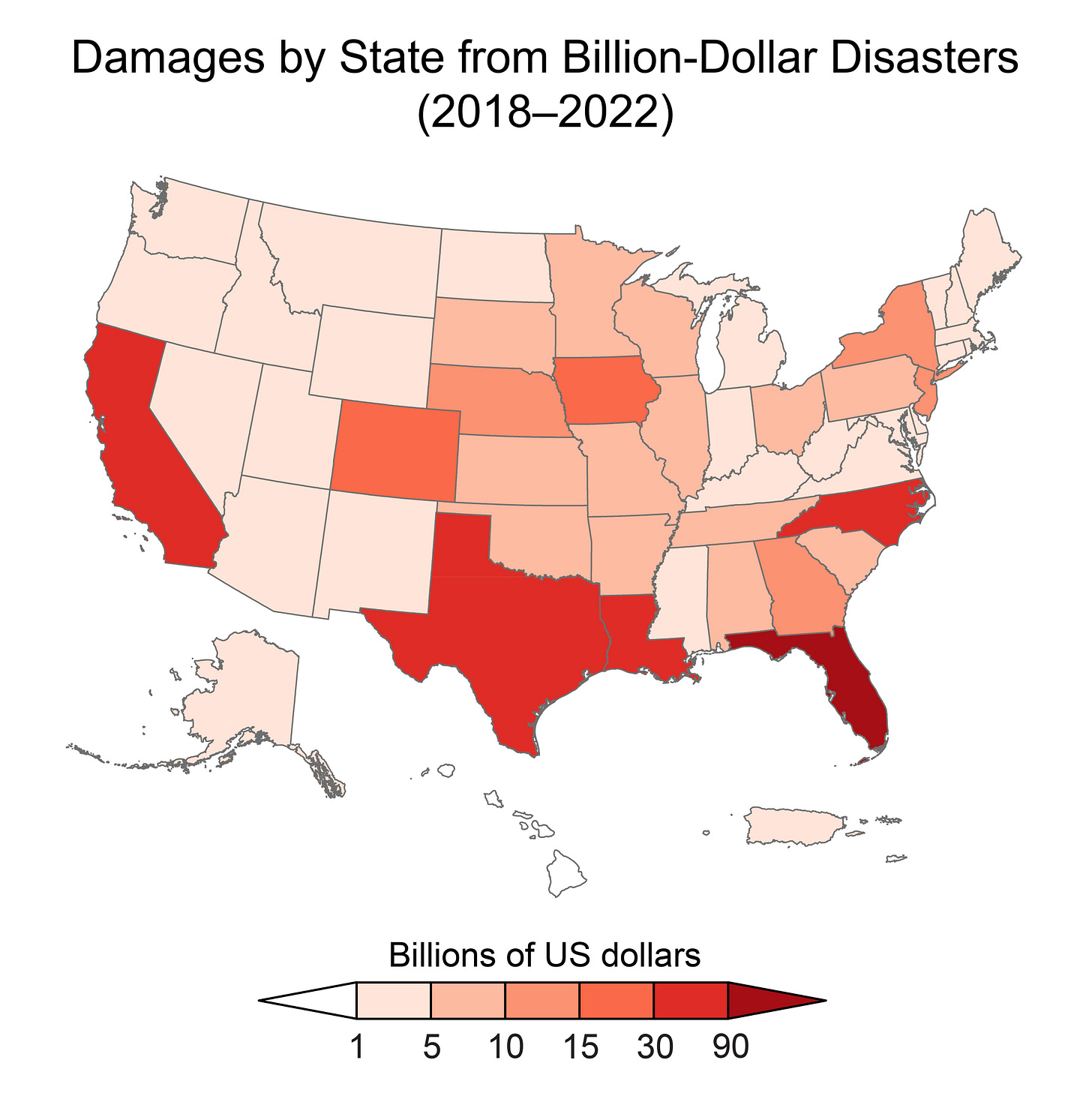Refugia News
Hi, everyone. Today’s edition is a short one, but that’s only because I will be writing you again next week!
Here’s why. As you know, this newsletter is on a two-week cycle. On the alternate weeks, I write essays for the Reformed Journal blog. Well, thanks to the RJ’s annual fundraising week, we bloggers get off-kilter this week and my beautiful bi-weekly rhythm gets messed up. So to fix that, I’m doing two newsletters in a row for you! Expect a full edition of the Refugia Newsletter in your box on Nov. 25.
Think of it as a kind of leap-year-style schedule adjustment.
This Week in Climate News
I’ll cover just one news story this week: the release of the Fifth National Climate Assessment on November 14. I’ve been watching this story like a good English professor would, attending to the communication strategies both in the report and in the media around the release. So far, I’m impressed.
The Fifth National Climate Assessment is very roughly like the IPCC reports except only for the U.S. The website explains that the document is the “US Government’s preeminent report on climate change impacts, risks, and responses. It is a congressionally mandated interagency effort that provides the scientific foundation to support informed decision-making across the United States.”
You can take a look at a report summary here. As I looked through the summary, I found it nicely organized and laid out and illustrated, including with some of those wonderful data-viz graphics that you know I love.
One savvy communications strategy the report uses: putting dollar signs on climate change. Americans pay attention when we put dollar signs on things, and one of the highlighted points of the report is that climate change is already costing us money. Here’s a graphic that illustrates:
The US now experiences, on average, a billion-dollar weather or climate disaster every three weeks.
Ouch! A second strategy for waking up Americans: fear. Or at least, providing evidence that just because we’re Americans doesn’t mean we’re immune from climate impacts. Quite the contrary, since the U.S. is actually warming at a faster rate than the global average. (Partly this has to do with Alaska, which is really heating up fast.)
The report is not all gloom by any means. In fact, the report includes plenty of material about good work already happening toward mitigation, adaptation, and resilience. However, even the forward-looking, solutions-oriented sections use dollar signs as a rhetorical strategy:
Climate change slows economic growth, while climate action presents opportunities
There you go. Now that we can make an argument that climate change is bad for the economy and climate mitigation/adaptation/resilience is good for the economy—well, now you’re speaking America’s language.
Speaking of good communication strategies, the White House used the release of the report as an opportunity to announce big investments in resilience, precisely as the report recommends. Here’s the “money” quote from the White House Fact Sheet:
In coordination with the release of NCA5, President Biden is today announcing more than $6 billion in investments to make communities across the country more resilient to the impacts of climate change, including by strengthening America’s aging electric grid infrastructure, reducing flood risk to communities, supporting conservation efforts, and advancing environmental justice. The Administration is also releasing new resources to boost climate resilience efforts.
And then! You won’t believe this. Buried in the White House Fact Sheet is this astonishing sentence:
NCA5 is accompanied by 92 original works of art, selected through the first-ever NCA Art x Climate initiative, and an original poem, “Startlement,” by the 24th Poet Laureate of the United States, Ada Limón.
Art? Poetry? To go with this science-y document? I’m swooning!
One of the art works selected: “Cautionary tale” by tenth-grader Amelia K. of Pennington, NJ. See the website for her artist’s statement and more examples of the winners.
I bring one final exhibit to support my case that this report was released with attention to good rhetoric. Katharine Hayhoe appeared on PBS News Hour to explain the report. No one is more of a pro at this kind of thing than Hayhoe, and her interview answers are concise, focused, and vibrant. Really, this is all you need to watch for an excellent summary.
That’s it for now, but I’ll see you in a week. Till then, may you find many reasons for gratitude and a joyful context in which to share your thanks.






